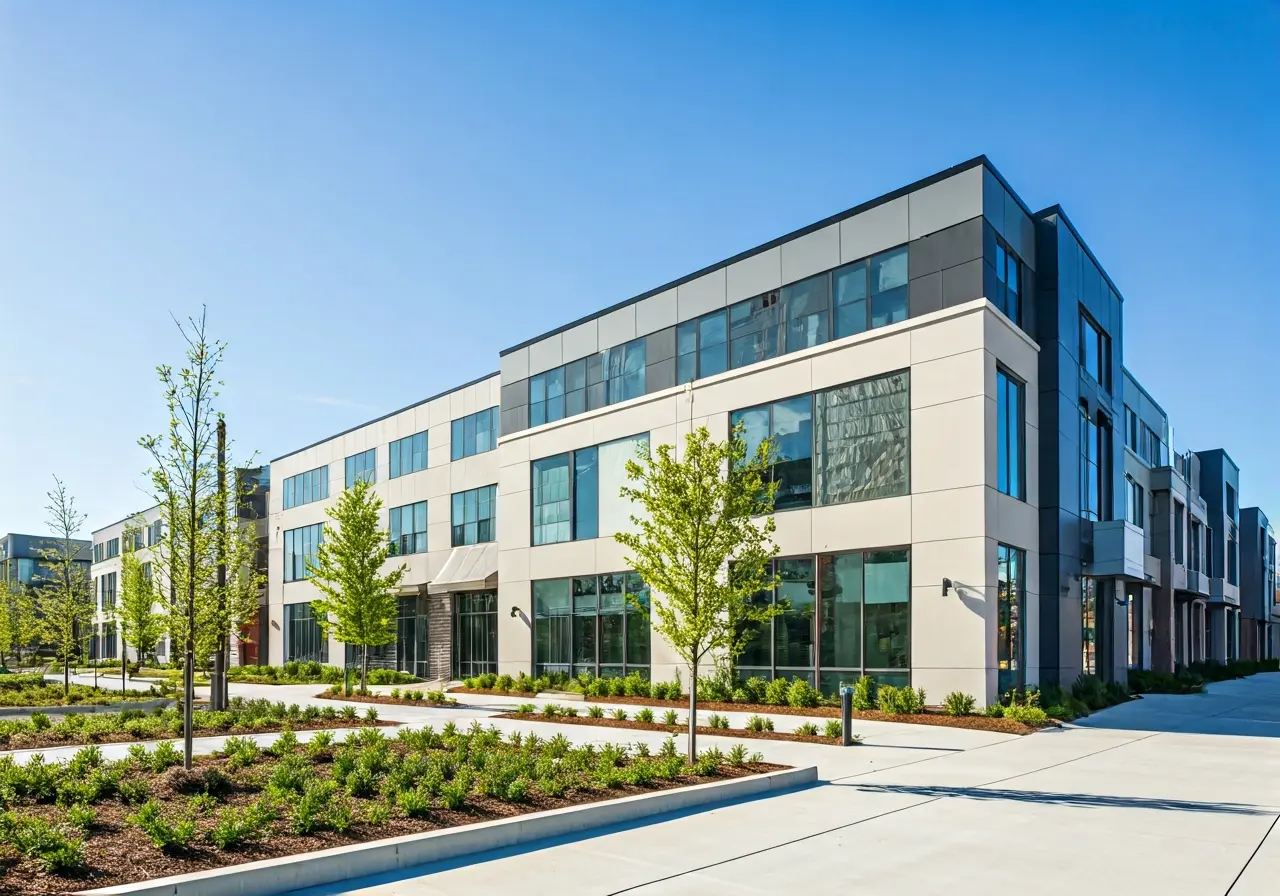In today's rapidly urbanizing world, the concept of placemaking is evolving. With mixed-use developments gaining popularity, there's a growing need to understand how effective branding can enhance community impact. Let's explore how the future of placemaking is being shaped by branding strategies tailored for these dynamic spaces.
Understanding the Concept of Placemaking
Placemaking is all about creating spaces that promote people's health, happiness, and well-being. It involves designing spaces that are not just functional but also inviting and engaging. In mixed-use developments, placemaking plays a crucial role in integrating residential, commercial, and recreational spaces into a cohesive community.
Traditionally, urban development was a purely functional endeavor focused on utilitarian design. However, the modern approach to placemaking transcends simple functionality by emphasizing community integration and interactivity. Inviting public spaces, safe pedestrian pathways, and accessible amenities support a thriving communal atmosphere. This redefined focus on design aligns closely with the concept of 'placemaking,' a term that encompasses every aspect of the deliberate efforts to create spaces where people are inspired to congregate and prosper.
Furthermore, placemaking understands the significance of cultural expression and shared values in urban environments. By incorporating local art, history, and community symbols into design, mixed-use developments can foster a sense of place and belonging. This is crucial in revitalizing city areas previously left devoid of character or charm, thereby instilling pride and collective ownership among residents.
The Role of Branding in Mixed-Use Developments
Branding provides a unique identity to mixed-use developments, making them recognizable and memorable. It involves crafting a narrative that reflects the development's core values and vision. This narrative helps in attracting the right audience and creating an emotional connection with the community.
Successful branding in mixed-use developments is centered around developing a deep understanding of the community's needs and aspirations. It serves as a strategic tool that differentiates developments in a crowded market. With increasing competition, the distinct essence captured through branding becomes an influential factor in drawing potential businesses, residents, and visitors.
The importance of a strong brand also extends to how developments interact with their surrounding environments. When branding aligns with community objectives, developments can effectively inspire civic pride and proactive stakeholder participation. A carefully curated brand can become synonymous with a lifestyle, garnering loyalty and continuous engagement from its community while also serving as a catalyst for further economic and cultural investment.
Case Studies: Successful Branding in Action
Examining successful mixed-use developments can provide valuable insights into effective branding strategies. Whether it's a vibrant urban center or a serene suburban haven, these case studies highlight how thoughtful branding can significantly enhance community engagement and development success.
A notable example is the High Line in New York City, which transformed an abandoned railway into a thriving green space. Through strategic branding centered on community wellness and environmental sustainability, the High Line not only revitalized a neglected section of the city but also became a model for urban regeneration worldwide.
In Singapore, the Marina Bay Sands integrated resort complex epitomizes the impact of cohesive branding on urban space success. By strategically aligning its brand with Singapore's vision of becoming a global city, it seamlessly combined luxury, entertainment, and cultural prestige, creating an environment that attracts millions of visitors annually, bolstering the city's economic landscape significantly.
Challenges and Solutions in Branding
Branding mixed-use developments comes with its own set of challenges. Balancing diverse community needs, fostering inclusivity, and ensuring sustainability are vital elements in the branding strategy. Addressing these challenges head-on with innovative solutions can lead to more impactful outcomes.
One major challenge faced in this arena is achieving inclusivity within diverse urban populations. Modern cities often consist of a rich tapestry of cultures, ethnicities, and socioeconomic backgrounds. Crafting a brand that resonates across such a vast spectrum requires a deep understanding and empathy towards these differences. A flexible brand narrative that can evolve and adapt to shifting demographics ensures lifelong relevance and engagement.
Sustainability poses another complex challenge in the branding of mixed-use developments. As communities become more environmentally conscious, branding strategies must embody eco-friendly practices convincingly. Solutions like green architecture initiatives, sustainable resource management, and incorporation of natural elements not only meet community expectations but also elevate the brand's image as a leader in responsible urban development.
The Future of Placemaking and Community Impact
As technology continues to evolve and urbanization trends shift, the future of placemaking and branding in mixed-use developments looks promising. Incorporating digital elements, encouraging participatory design, and focusing on sustainability will be key in shaping vibrant and impactful communities.
With the rise of smart technology, mixed-use developments have an unprecedented opportunity to refine the art of placemaking. Leveraging IoT devices like digital kiosks and data-driven analytics can provide real-time feedback on resident needs. This technology not only enhances operational efficiency but also deepens the level of connection and interaction, allowing brands to personalize and adapt spaces dynamically to boost overall community satisfaction.
Moreover, the future promises greater emphasis on community involvement in the design process. By adopting a participatory approach where residents actively contribute to the development vision, placemaking becomes a collaborative effort that reflects shared values and aspirations. This collective act of co-creation ensures the community's heart and soul is captured and represented in the final built environment, solidifying a lasting and impactful legacy.
Crafting Vibrant Communities Through Branding
As mixed-use developments continue to shape our urban landscapes, branding becomes an invaluable tool in crafting spaces that resonate with community values and aspirations. By embracing innovative branding strategies, we not only foster connection and engagement but also pave the way for sustainable and vibrant communities. Visit our homepage to learn how we can help craft your community's future.

.jpg)